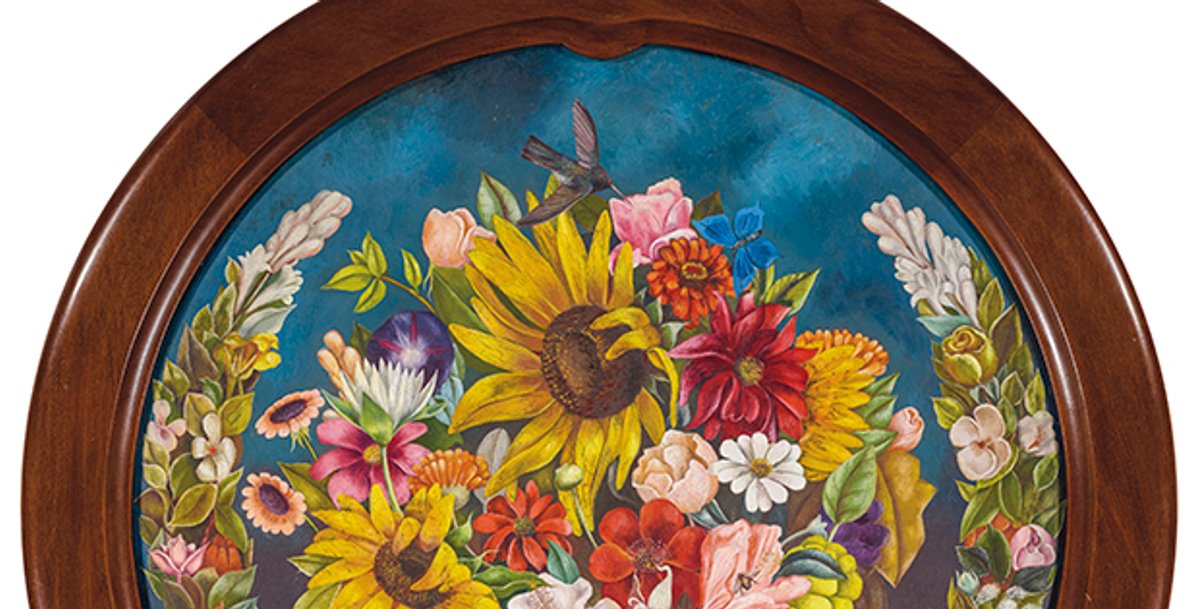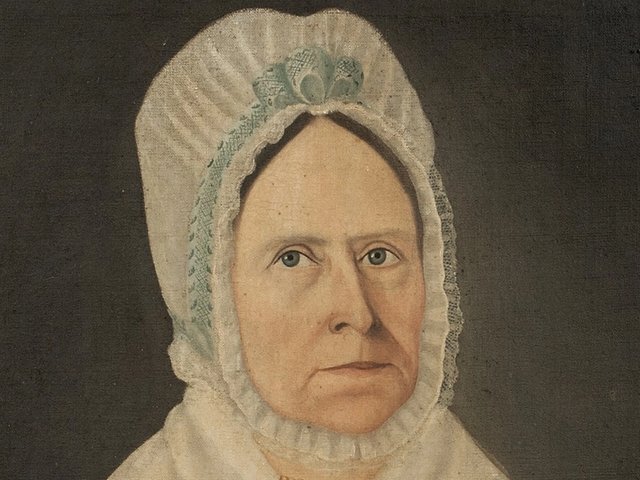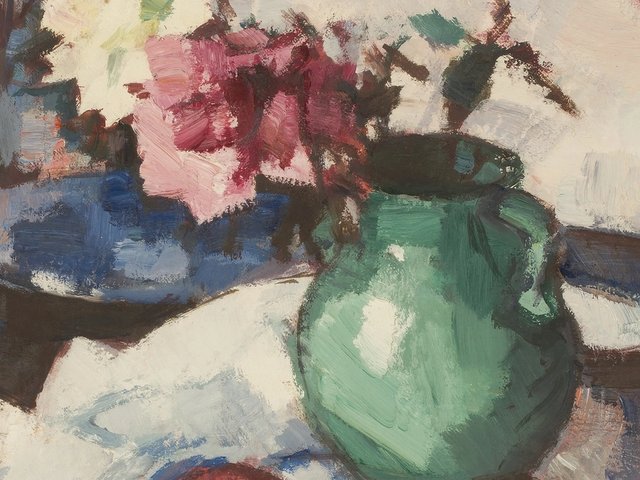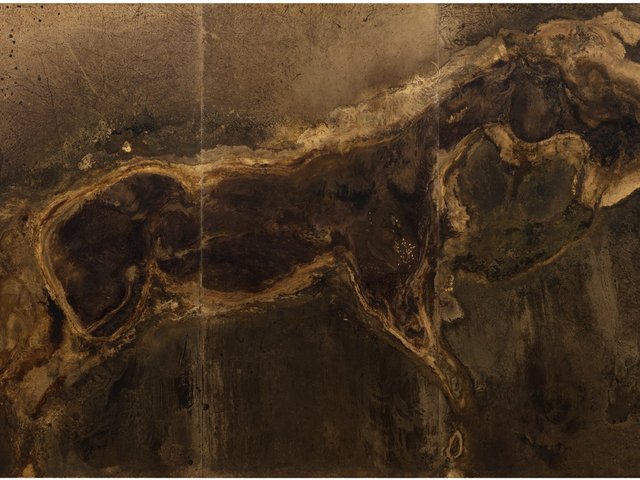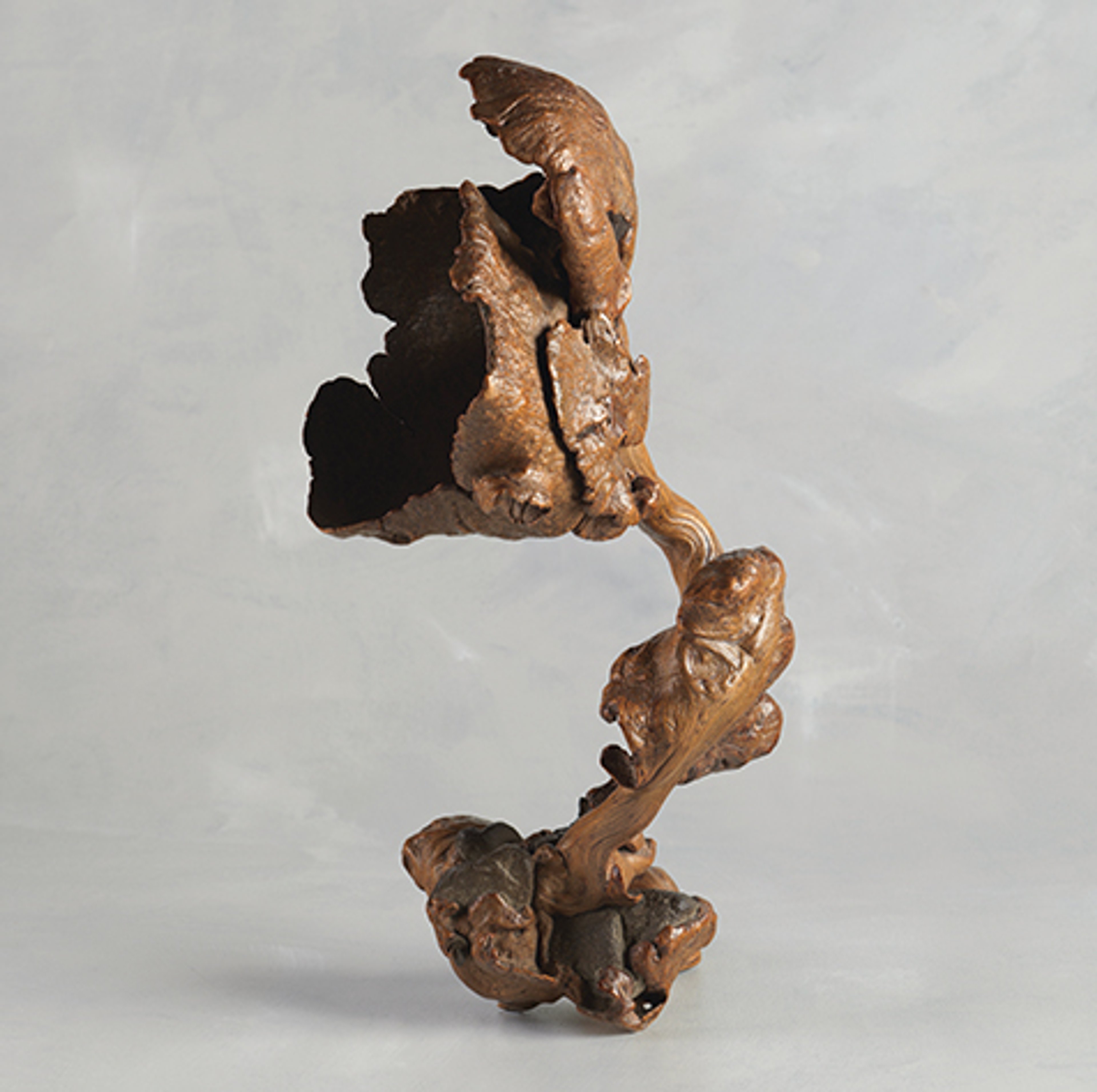
For Asian Art in London this year, Eskenazi is holding its first show dedicated to objects from the Chinese scholar’s studio, from brushes and brushpots to furniture and bronzes, intended to either serve a practical purpose (as with the brushpots) or as objects of contemplation or inspiration. Included are several scholars’ rocks such as this sculptural “lotus flower”, naturally formed from rootwood that has grown around several small pebbles—just the sort of natural curiosity that would have taken pride of place on a scholar’s desk. The 46cm high “lotus flower” has an inscribed Japanese Meiji period box, dating to 1895, which states that it was “Kept in the studio of Maimura”. Rootwood and pebble lotus flower, Qing dynasty (18th-19th century). Room for study: fifty scholars’ objects, Eskenazi, Asian Art in London, until 29 November. $75,000.
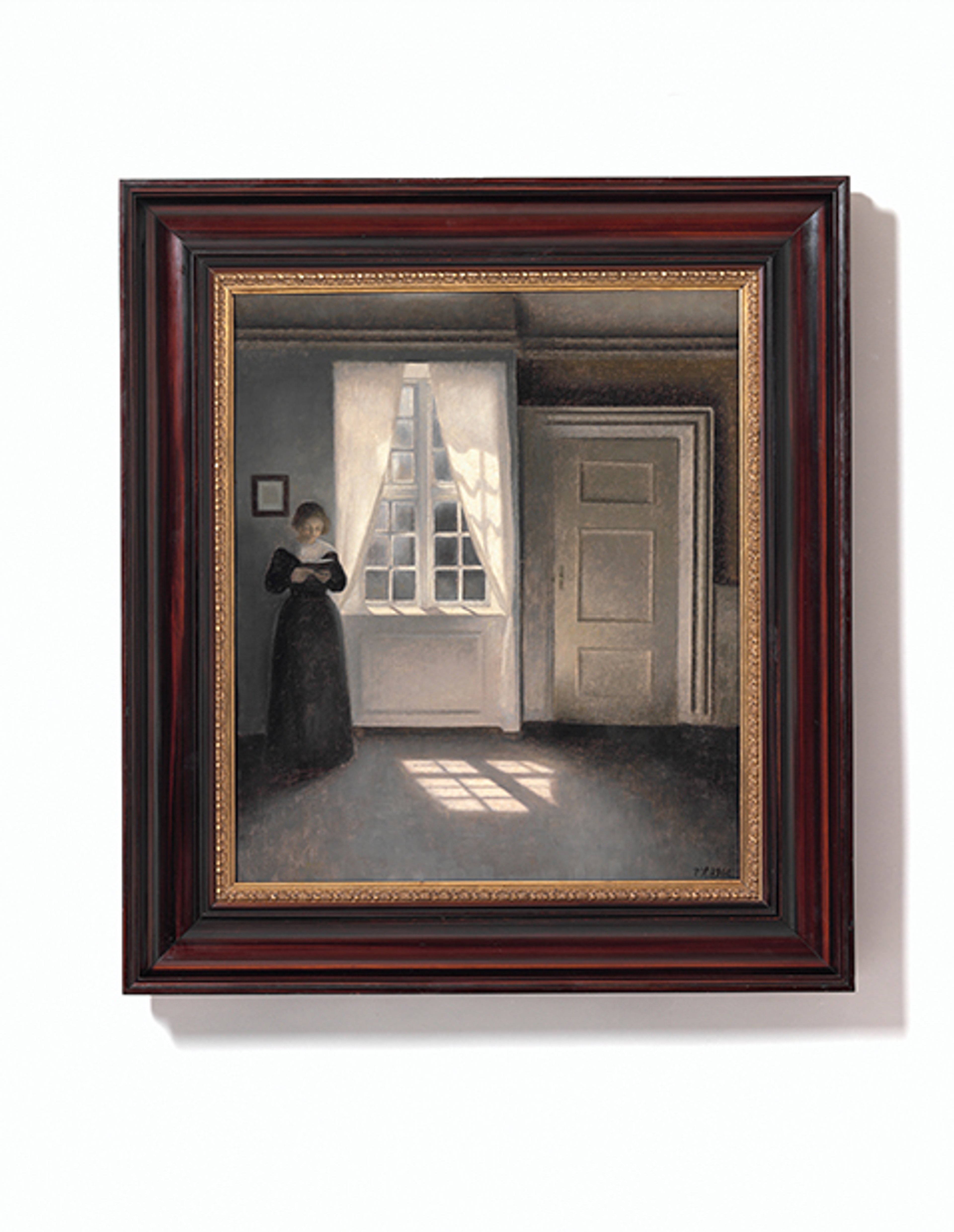
The sparse interior of Vilhelm Hammershøi’s Copenhagen apartment at Strandgade 30 became the setting for the Danish artist’s hushed, monochrome interiors over the decade he lived there. This archetypal example, showing the artist’s—incredibly patient—wife Ida reading (as she does in so many of his works) is thought to have been among seven Hammershøi interiors bought by the Copenhagen-based art dealer Otto Lemming in 1900; as Jesper Svenningsen, an art historian, notes in Bruun Rasmussen’s catalogue (the painting carries Lemming’s label on the back). The oil on canvas, which was in the collection of the stockbroker Otto Martin Vieth and his wife Anny from around 1916—and was sold in their estate sale in 1960—was bought by the current owner in the early 1970s. Vilhelm Hammershøi, Interior from Strandgade 30 (1900). Bruun Rasmussen, Copenhagen, 26 November. Estimate: DKK20m-DKK30m ($3m-$4.5m)
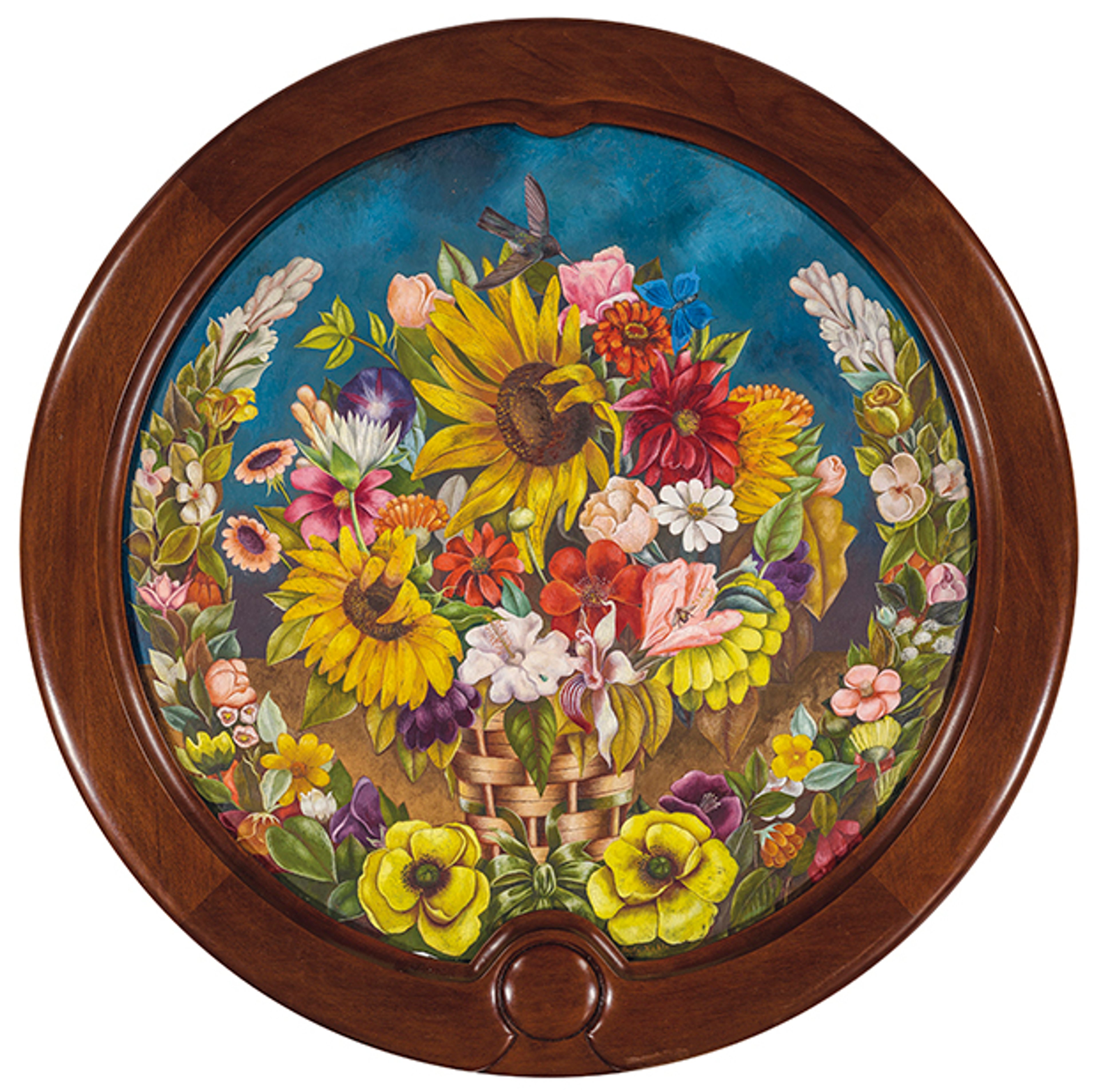
Inspired by Dutch Old Masters, this oil-on-copper tondo commemorates Kahlo’s reconciliation with Diego Rivera after the couple divorced in 1939. The artist said that the bumblebee signifies Rivera while the hummingbird represents her. She gave it to the American actress Paulette Goddard, one of Rivera’s mistresses during their divorce, who is represented by the blue butterfly. The painting is “a rare example of a still life by Kahlo”, according to Virgilio Garza, the auction house’s department head of Latin American art. Frida Kahlo, The Flower Basket (1941). Latin American Art, Christie’s, New York, 20-21 November. Estimate: $3m-$5m
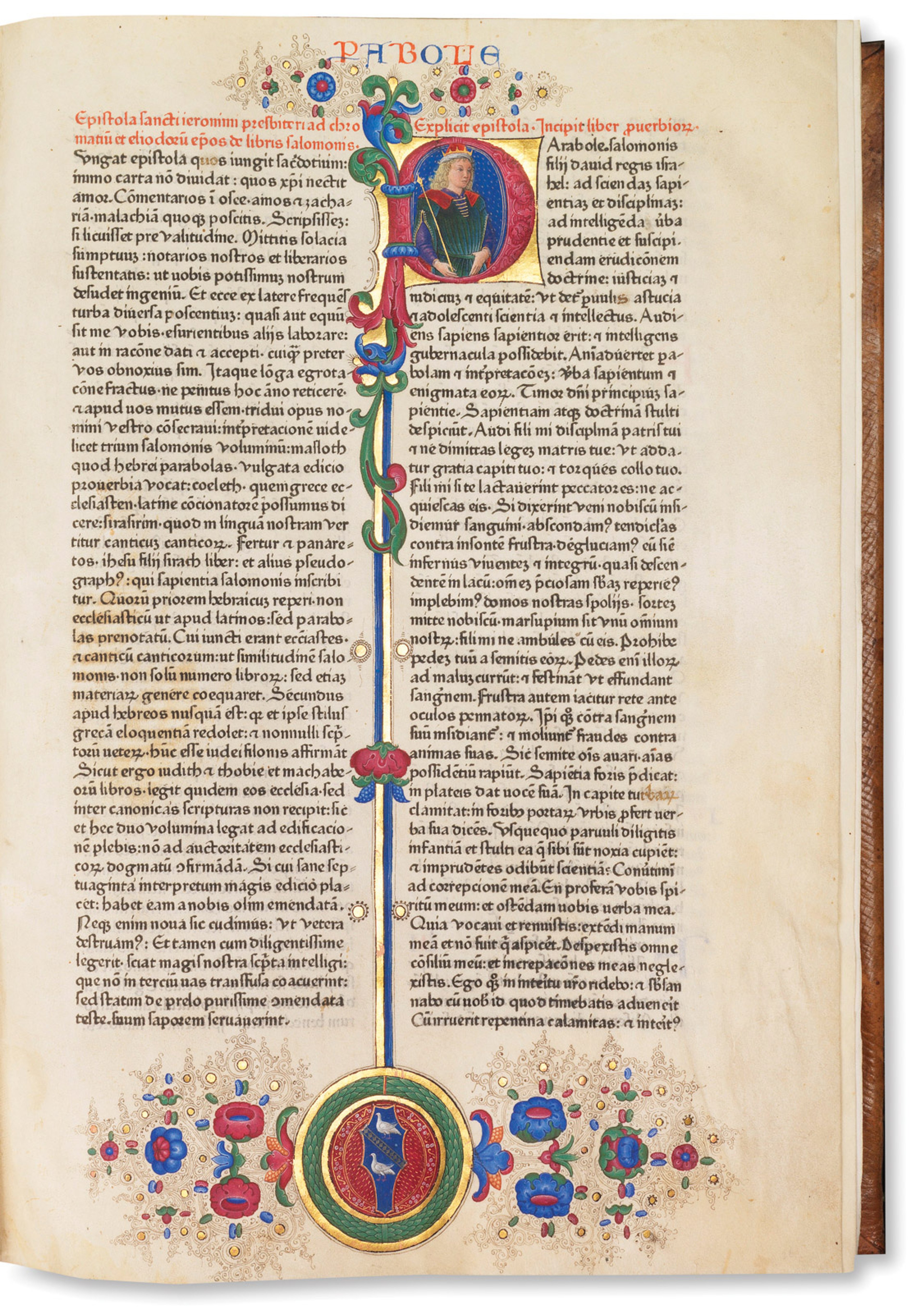
This bible was printed on the Gutenberg press—the first in the history of book printing—which introduced movable type printing to Europe in 1439, an innovation widely seen as one of the most important technological developments of the last millennium. The Biblia Latina, known as the Fust Schöffer Bible, was published in two volumes in 1462 by Gutenberg’s master student, Peter Schöffer. Schöffer created a new, easily legible typeface called Gotico-Antiqua, which was first used in this bible. It was to become one of the most commonly used types over the following decades. The Fust Schöffer Bible is also the first book ever to contain a publisher signet. Gutenberg press, Fust Schöffer Bible (1462). Rare Books Auction, Ketterer Kunst, Hamburg, 25 November. Estimate: in excess of €1m
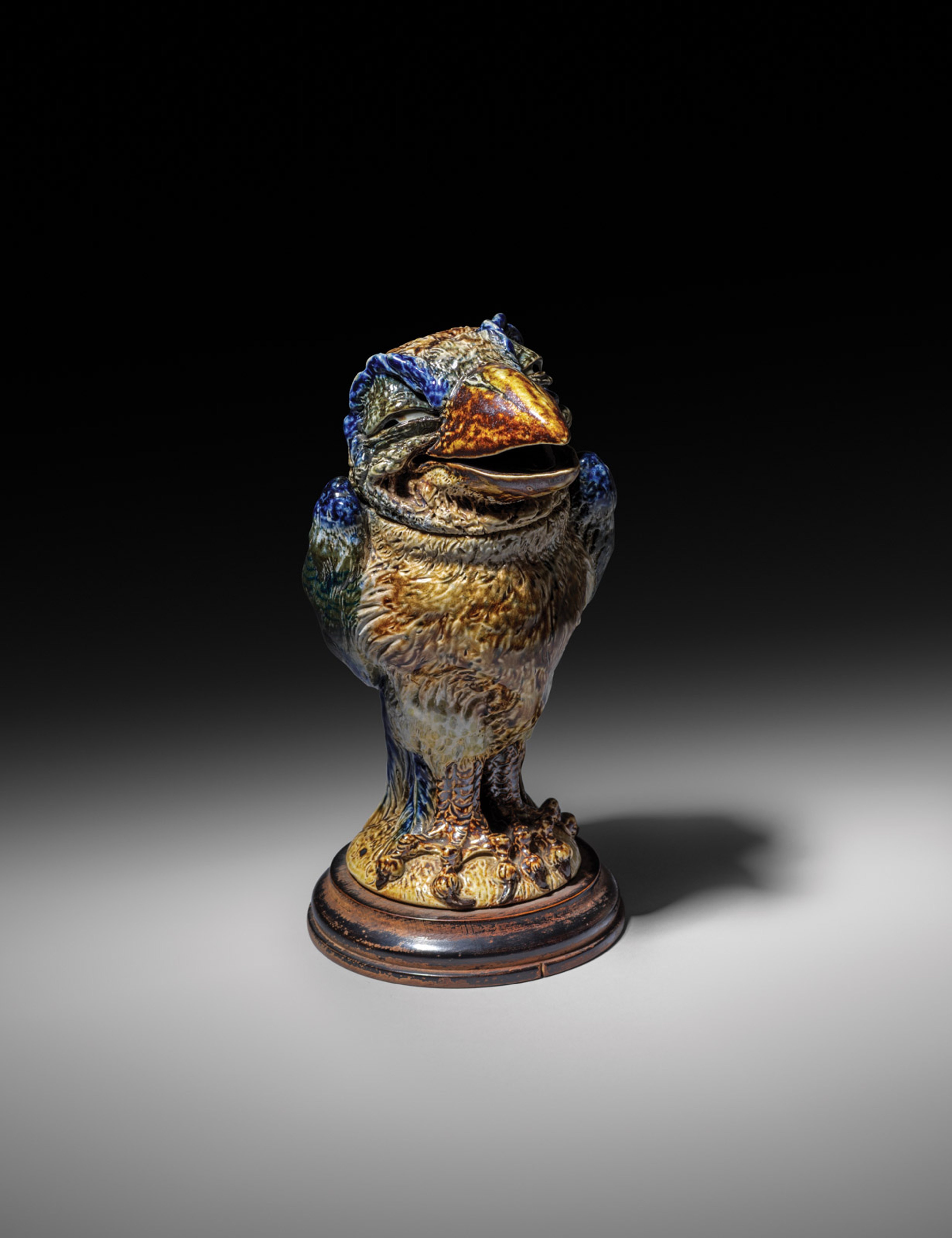
The eccentric Martin brothers—Robert Wallace, Walter, Edwin and Charles—barely scraped a living producing their anthropomorphic stoneware creations in London in the late 19th century. Their tale is a tragic one: after their shop burned down, Charles died in an asylum in 1909, Walter died of a haemorrhage caused by knocking his elbow against the kiln in 1911 and Edwin of facial cancer in 1915. But today, their impish spoon warmers, jugs and jars attract a hard core of collectors. The Wally bird jars, such as this wily little thing made for tobacco, are prized by collectors and in 2014, Woolley & Wallis set the record for one at £75,000. This example is one of 50 pieces from the collection of Daryl Fromm, which will be offered with 200 wares from George Twyman. Robert Wallace Martin, stoneware bird jar and cover (around 1890). British Art Pottery, Woolley & Wallis, Salisbury, UK, 27 November. Estimate: £30,000-£50,000
For Asian Art in London this year, Eskenazi is holding its first show dedicated to objects from the Chinese scholar’s studio, from brushes and brushpots to furniture and bronzes, intended to either serve a practical purpose (as with the brushpots) or as objects of contemplation or inspiration. Included are several scholars’ rocks such as this sculptural “lotus flower”, naturally formed from rootwood that has grown around several small pebbles—just the sort of natural curiosity that would have taken pride of place on a scholar’s desk. The 46cm high “lotus flower” has an inscribed Japanese Meiji period box, dating to 1895, which states that it was “Kept in the studio of Maimura”. Rootwood and pebble lotus flower, Qing dynasty (18th-19th century). Room for study: fifty scholars’ objects, Eskenazi, Asian Art in London, until 29 November. $75,000.
Object lessons: from a tobacco bird jar to a Frida Kahlo still life
Our pick of highlights from the next fortnight's auctions and fairs
